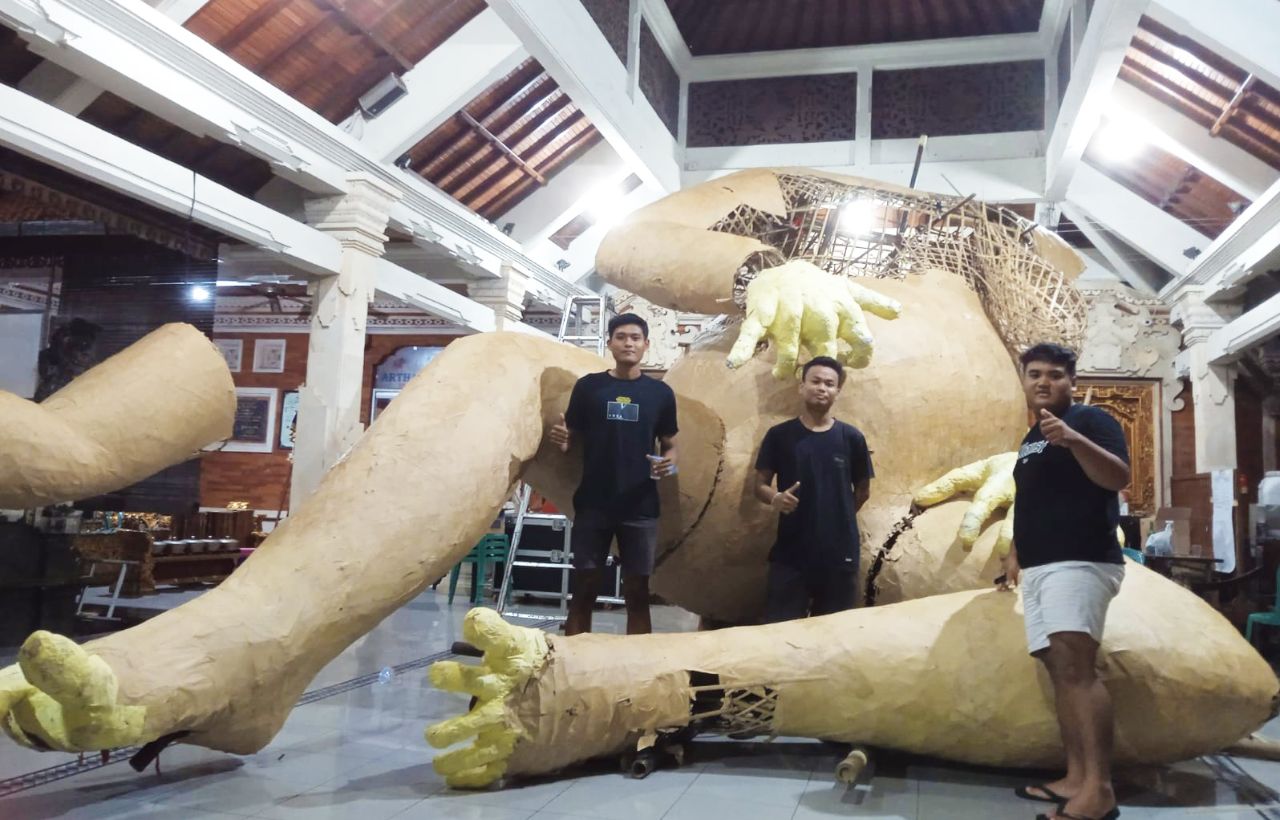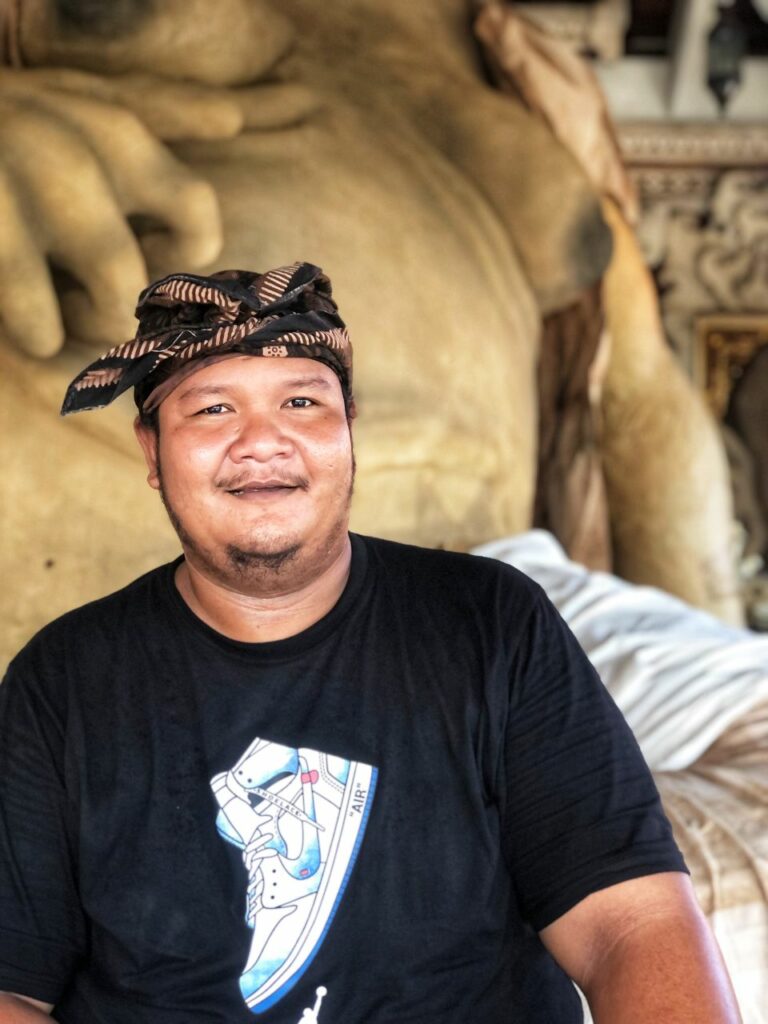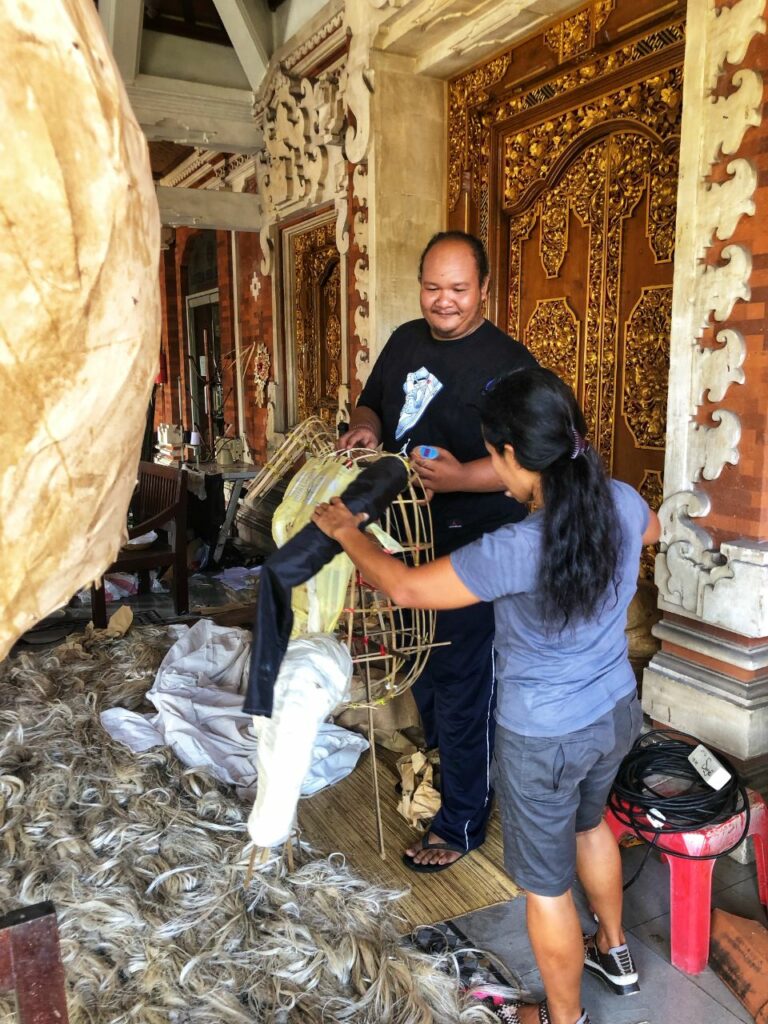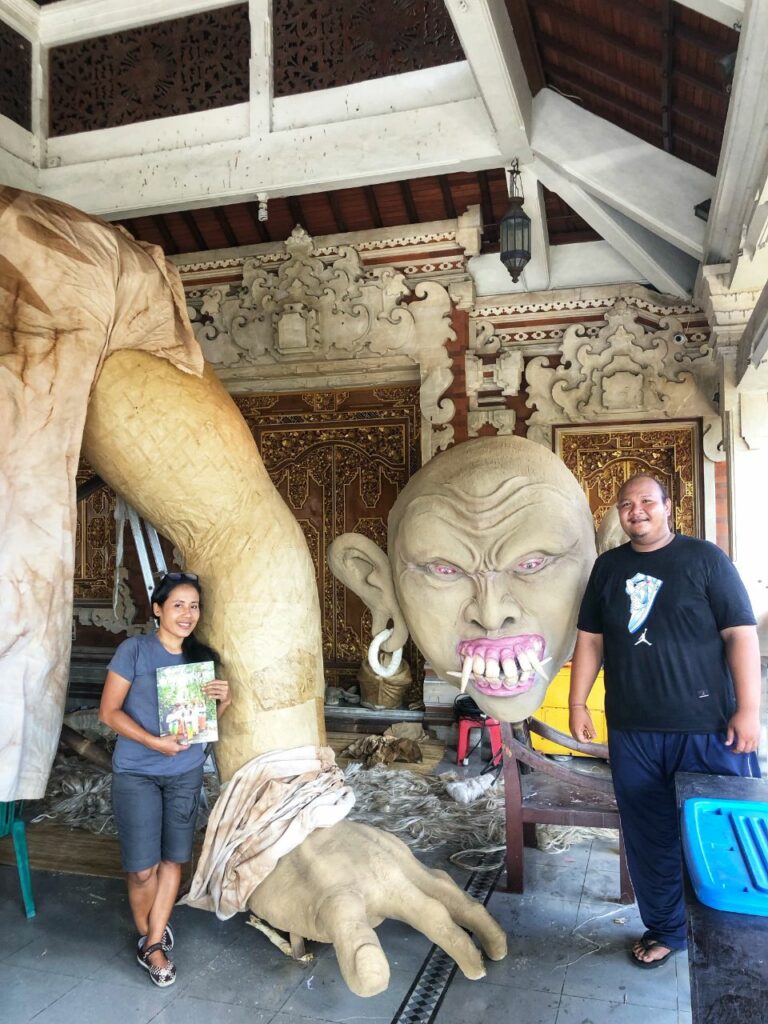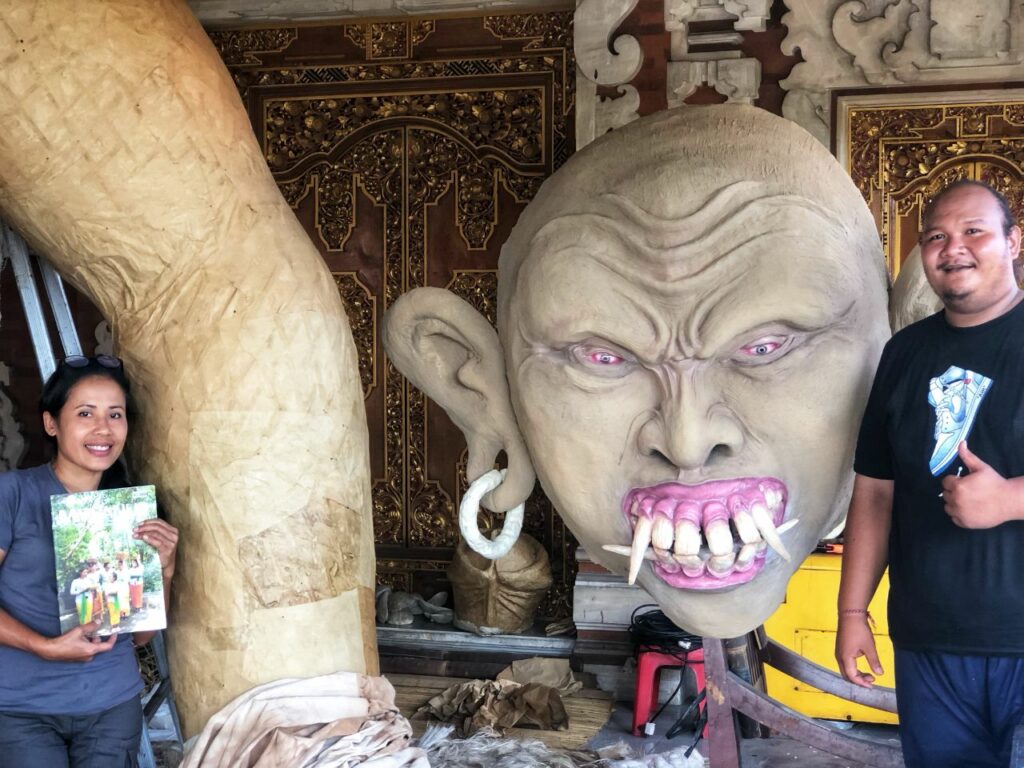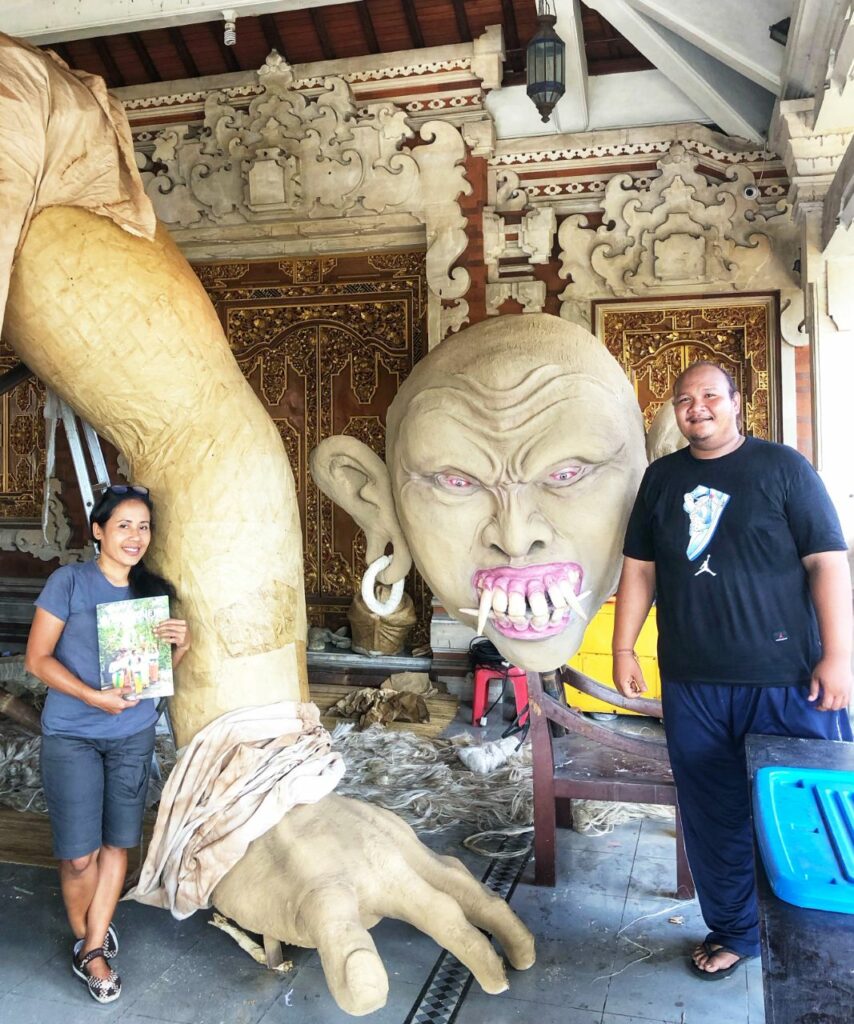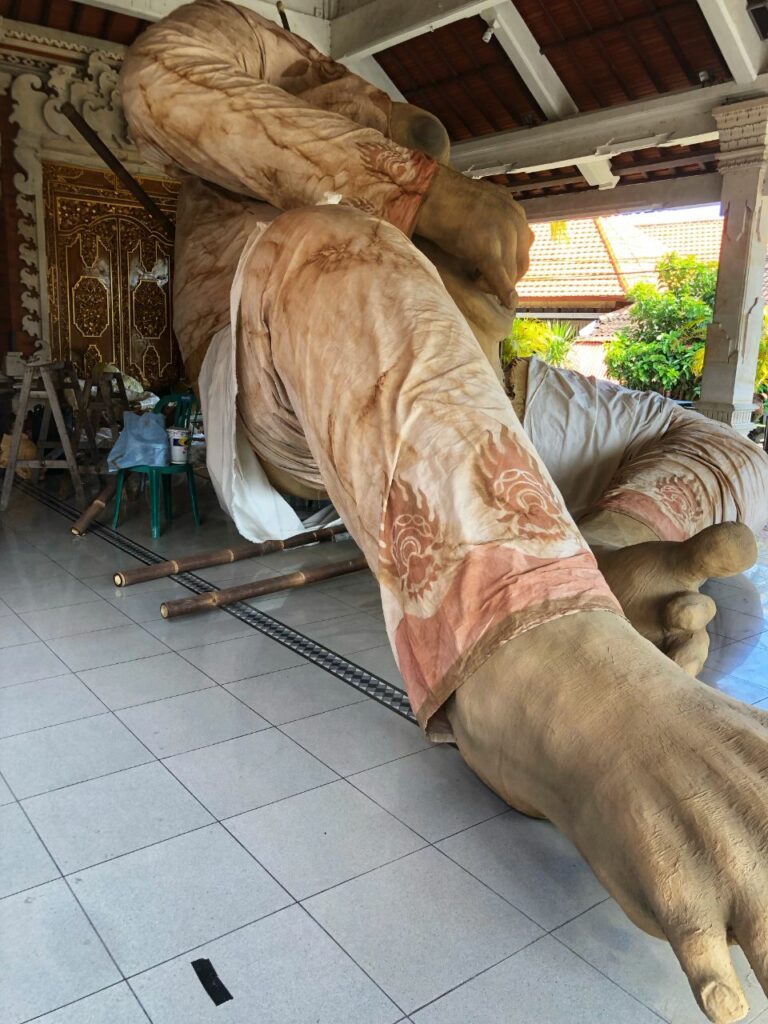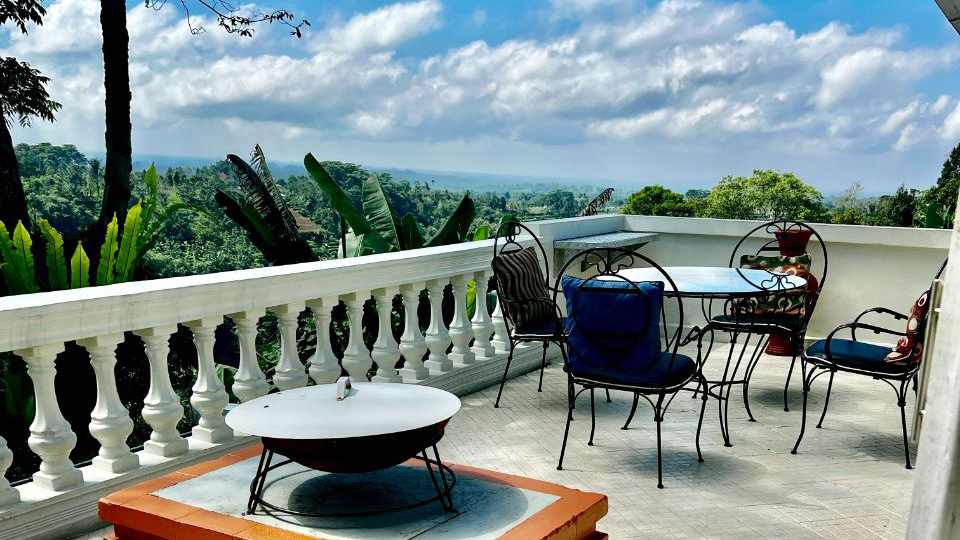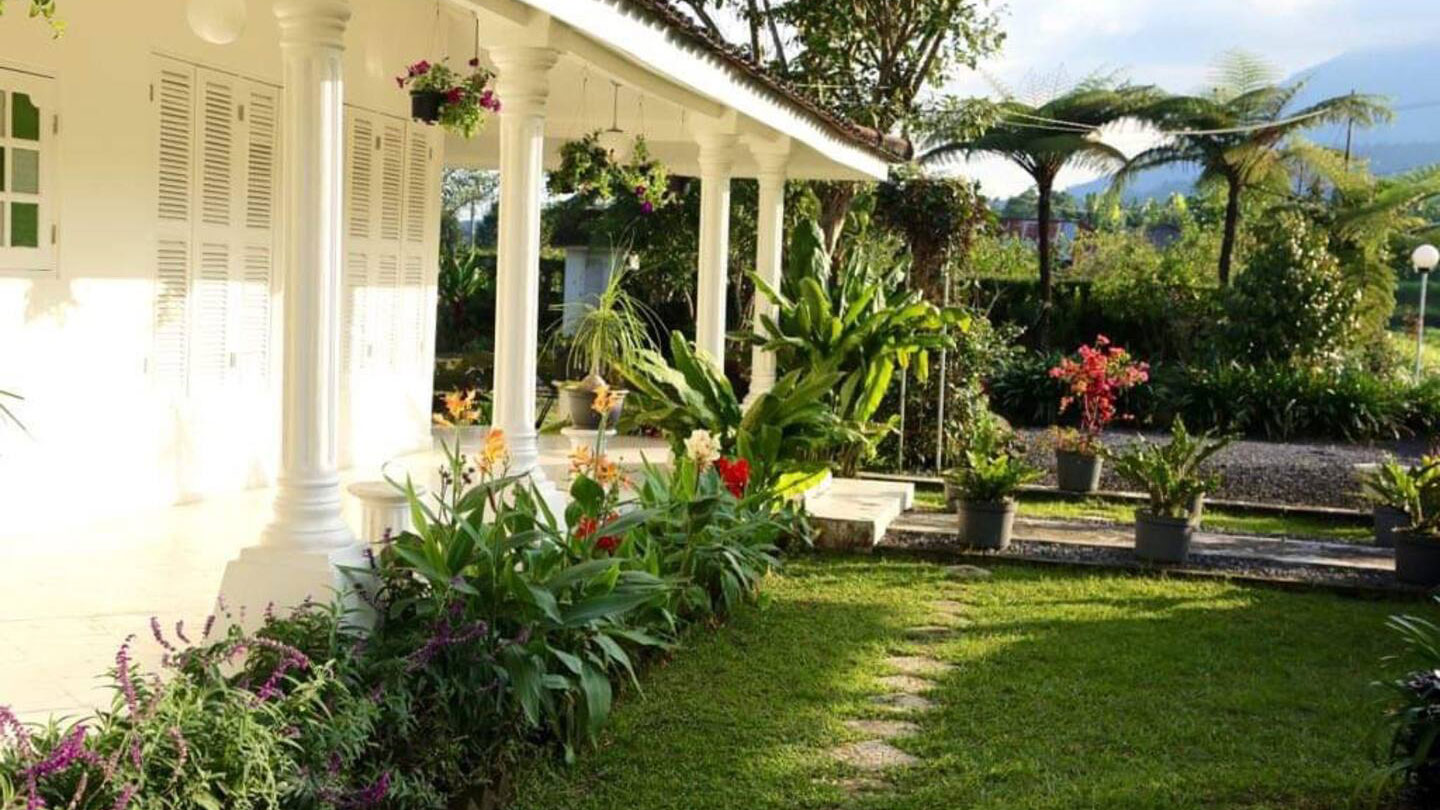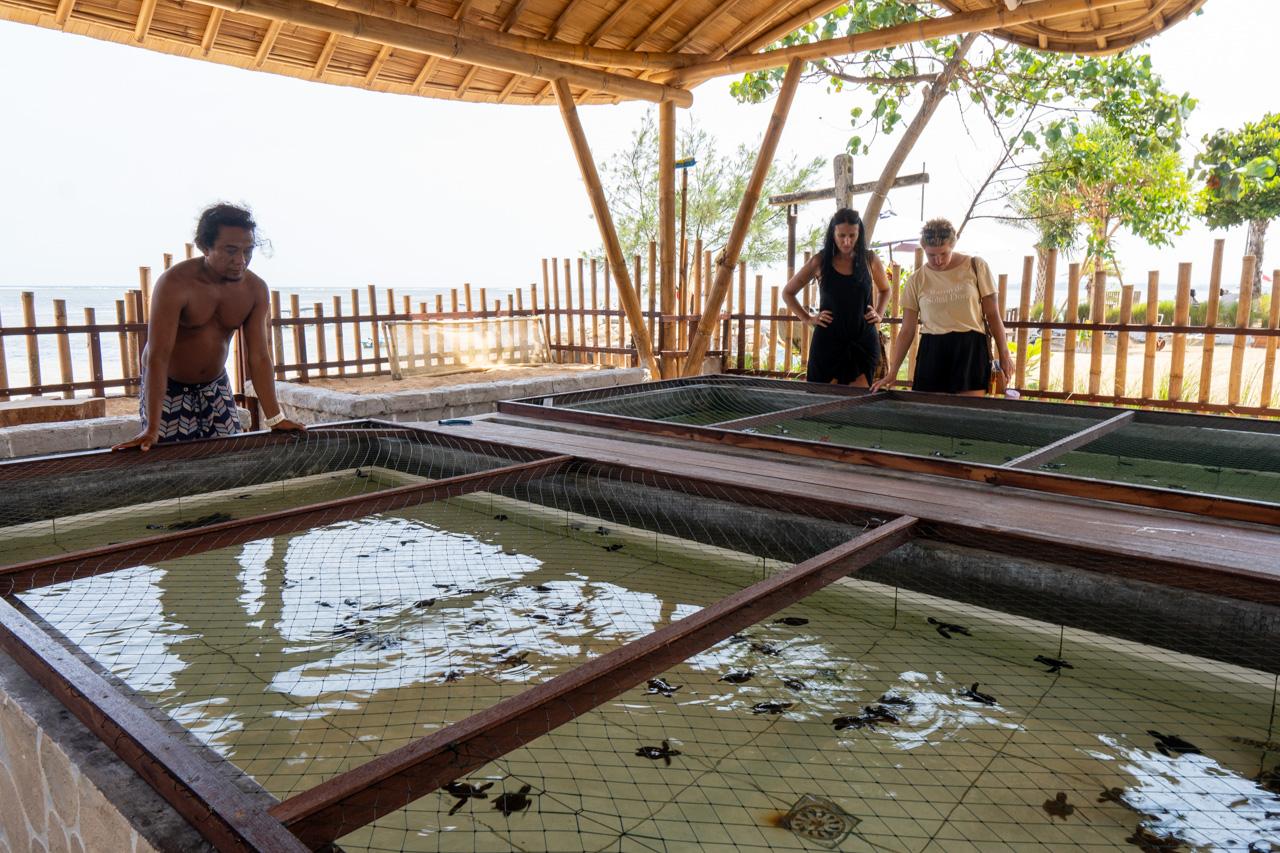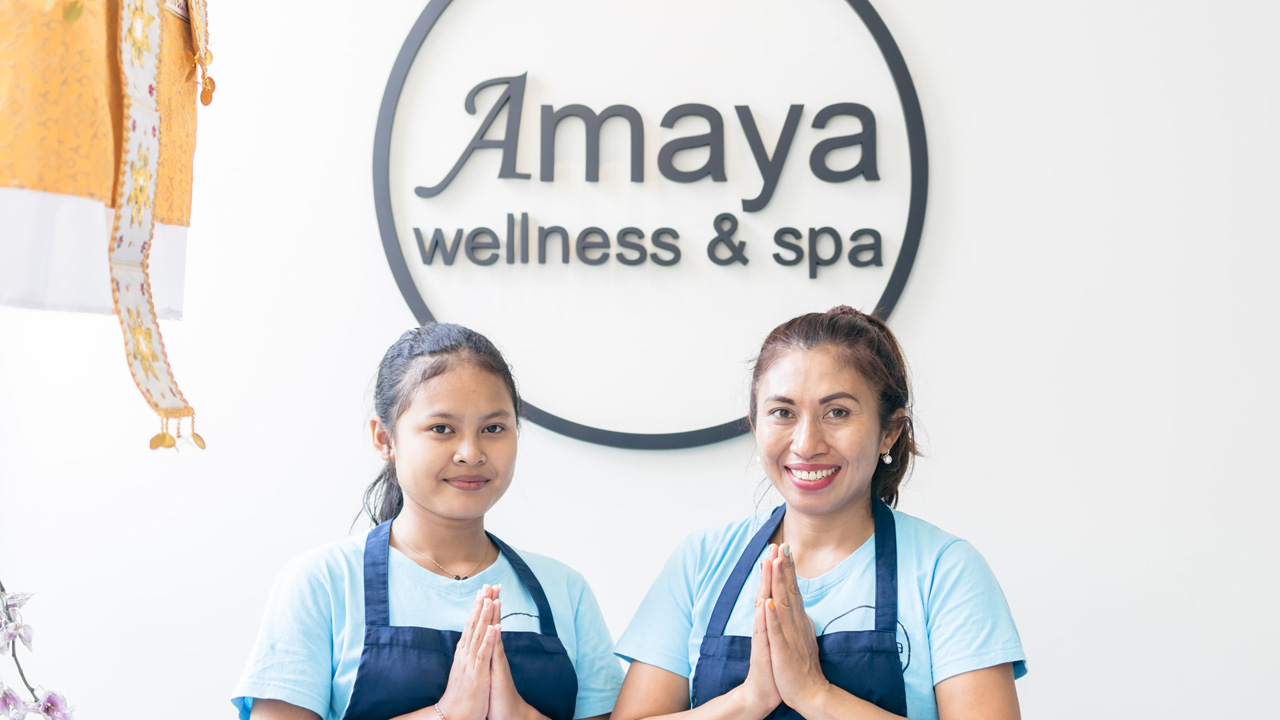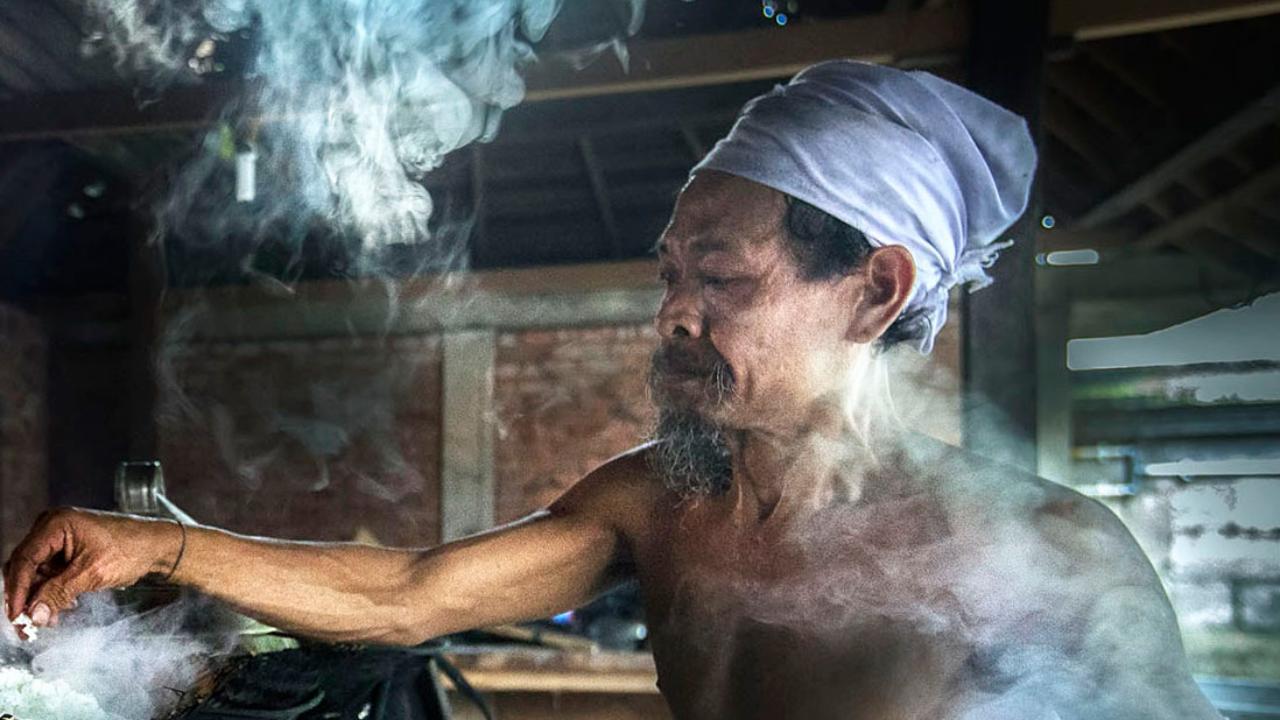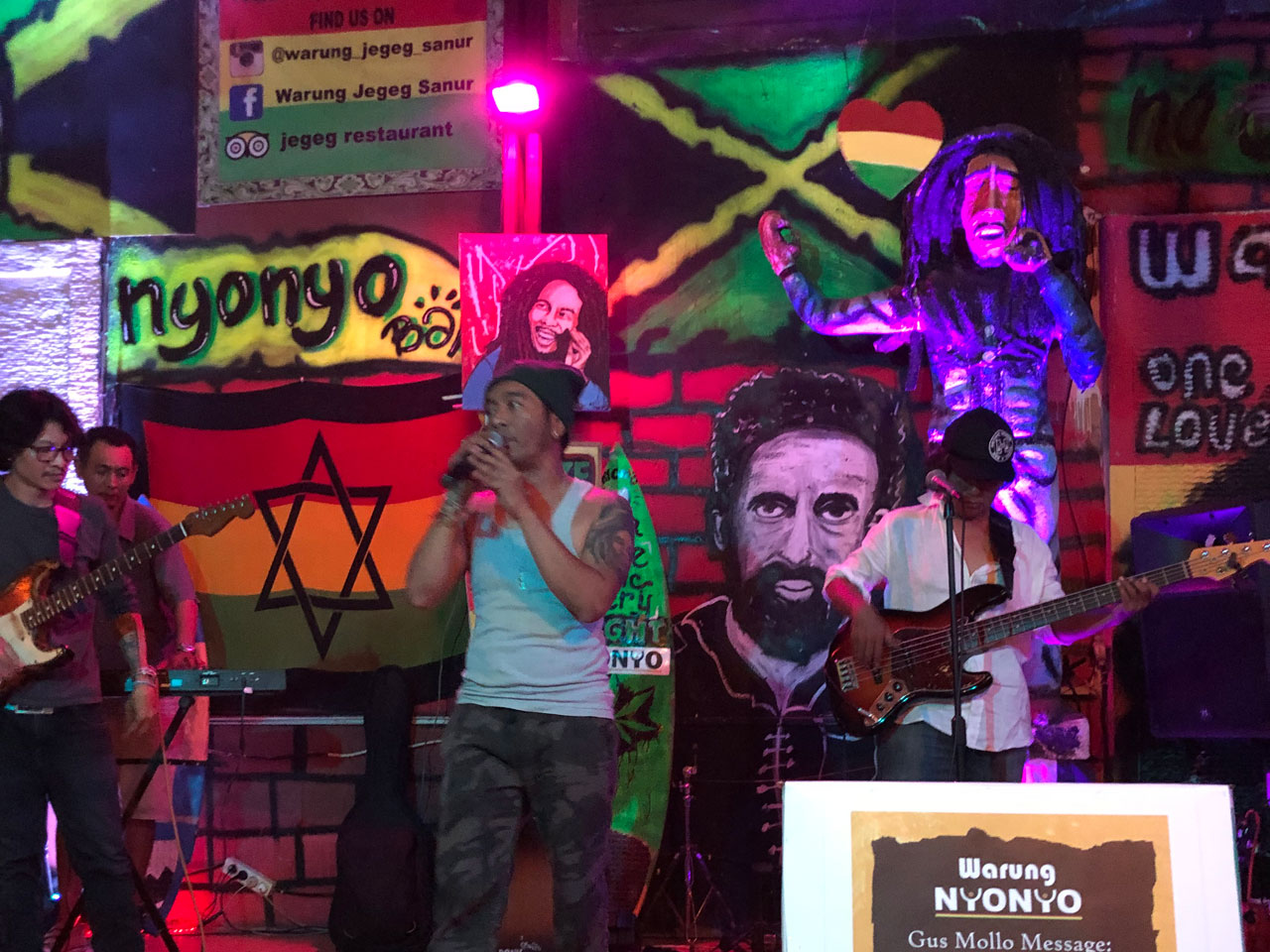A Celuluk is one of the mystical icons in Bali, ugly with hollow eyes, large teeth, long sagging breasts and a bald head at the front. It is Rangda‘s accomplice – so it is one of the leaks. It has a sinister laugh and a terrifying appearance, but if we are brave enough to threaten the creature, it will get scared and disappear. Celuluk show themselves to humans more frequently than other leaks, and is believed that it cannot kill humans because it is a very cowardly leak, however it really likes to scare us.
This mythical icon was used as the title creature of the ogoh-ogoh competition in Sanur this year. Five banjars in Sanur including Batujimbar, Betngandang, Semawang, Belanjong, and Tanjung were competing over trophies and prizes. Under the theme of Nawasena or “a bright and hopeful future”, young people in Sanur worked together in their banjar, contributing their creativity, expertise, time and energy into creating the most realistic, spooky and menacing look for he Celuluk.
Kadek Agus Aryawan, also known as Rudock, is coordinating the event. He explained that ogoh-ogoh have to be dismantled after being used in the parade, a process known as pralina. Being concerned about the environmental safety, he and his committee set a standard of using natural and biodegradable materials for the ogoh-ogoh. The usage of styrofoam is to be avoided as much as possible, and therefore each ogoh-ogoh took time, skill and patience. All contestants made the ogoh-ogoh from scratch and preparation started two months prior to the competition.
The process began with sketch drawings, weight calculations, fabric designing, and lots of bamboo was purchased. Making the ogoh-ogoh frame from bamboo requires several steps; splitting them, braiding them, and tying each loop so that it doesn’t come loose. Brown paper was placed carefully, smoothly and neatly covering the framework, making it easier to carry out the next step of the process. Tissue paper is used to make a realistic skin layer, and clay grouting is used to create the desired shape and look. A serious amount of hair is needed for a such giant monster and thanks to pandan, a Bali plant, or cabbage palm (Cordyline australis), this is possible as these plants provide long sleeky hair-like fibers.
Rudock sees so much value in keeping the ogoh-ogoh tradition alive; expressing creativity among the youth, strengthening team work, and practicing the spirit of gotong royong (mutual cooperation) among Banjar residents. This event encourages youth to take an active role in how their actions can benefit their community. After all, gotong royong is the characteristic of the Indonesian national identity.
